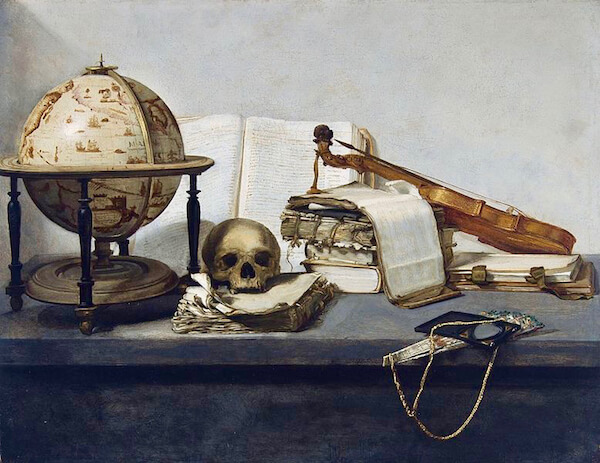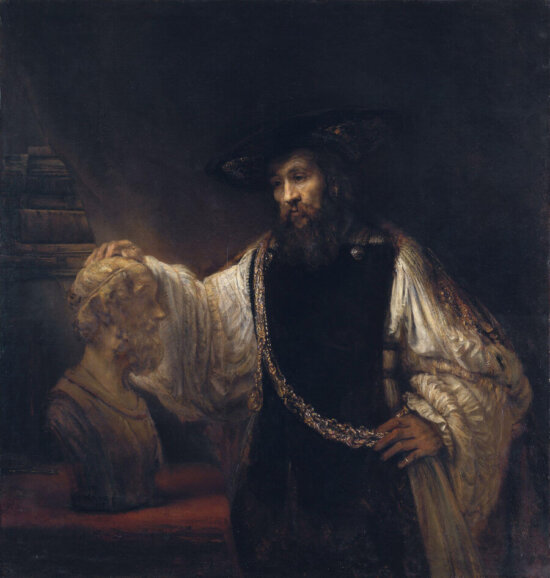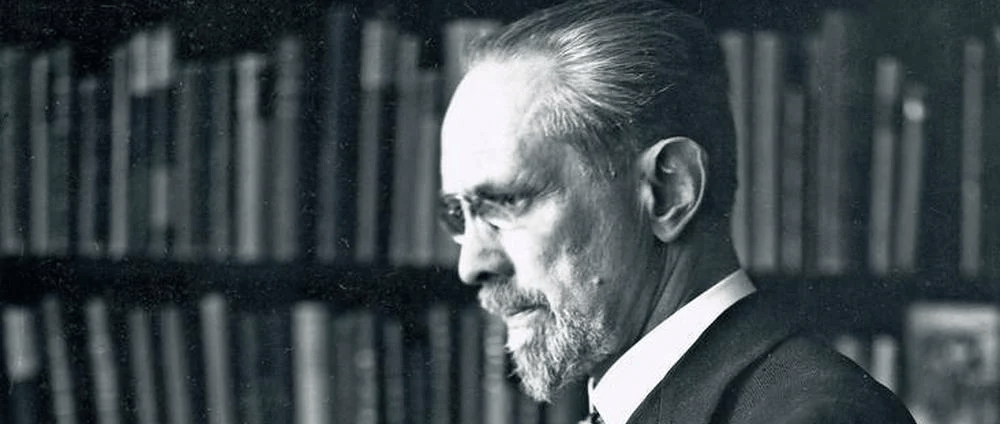Did My Story Just Get Longer? Reflections on a Life of Learning and Good and Evil

In recent days, I’ve felt that it’s time for philosophy – the discipline, with its history and skills – to step up, as it did in days past. To identify and negotiate the great conflicts within our culture, and the conflicts with cultures that contest the claims of ours. I’ve supposed that this has been philosophy’s office since its early beginnings.
In that connection, I thought to reread my book, A Good Look at Evil, to see whether I found contributions to that task in it. Since I don’t carry around a mental credit card backed by reserves of self-congratulation, it was rather a surprise for me to find the book’s claims still persuasive.
The central claim is that a good life will try to find and enact the purposes that belong to it uniquely. Since people are rarely born knowing those are, it’s a sign of good purpose to try to locate the aims and methods that seem closest to one’s native grain, and then adjust them self-correctively, as one goes along. If one’s aim turns out unfeasible, find the one nearest that’s achievable. If one’s method turns out to undercut the aim, adjust the method. Keep track of these un-foldings as they follow one after the other in linear time. That track is one’s story. It’s not fictional.
In Plato’s dialogues, each speaker embodies his one aim and the method he thinks goes with it. That aim and method will be found contradicted by other aims the speaker also holds, or by the results achieved when it’s enacted. Usually, the refuted speaker then bows out of the argument. In my sense of living one’s story, the same person doesn’t back out but goes through a succession of aims and methods, overcoming, revising, keeping track and self-correcting. This is living dialectically. One can learn from such a life and become more securely who one is at the end of it than one was at its beginning.
On these terms, how do I understand evil? A deliberately evil person is someone who tries, often with cunning and skill, to sabotage another’s good life.
Since the culture in which we live furnishes or forecloses many of our personal options, that’s where philosophy can step in, to clarify and revise the concepts the culture has made available.
Reading the conceptual foundations of A Good Look at Evil, I found its argument still persuasive. My own life could be deciphered in the terms laid out in my book. But I was also struck by a sense of dislocation in my own story. I felt the intrusion of a seeming-memory of a different order.
It was the memory of a past life. Though I’d already tried past life regression once many years before, a more recent attempt had been tried while we lived here, in hopes of learning why I had peripheral neuropathy. I don’t think the regression answered that question and it sure didn’t cure my neuropathy. But it was information … of a certain kind. It was a clue. There had been other clues. But first, I’ll report what I saw in the more recent past life regression.
I was a young woman, living in the 1930’s, crowded with other adults into a single ground-level apartment in a German town. We were Jews, so we tried not to venture out into the street. However, an unfriendly neighbor informed on us. Germans in uniform came and pounded on our door. They directed us to climb into the back of a truck parked further up the street where we lived. Once we were all inside, the back of the truck was sealed. Carbon monoxide was then pumped in, to kill us all.
As I left my body, I remember feeling that the murder was wholly and arbitrarily evil. Nothing explained it away. No rationale excused it. It never should have happened.
I rose higher in the space above my body, trying to see the scope of what had happened. I saw that it was very wide in scope. Almost global, this project of erasing the Jews. I believe that I formed a resolve at that moment, to try to fight it, the next time round, if and when I lived again.
Although I’d done a lot of reading about the Holocaust when I was researching A Good Look at Evil, at the time of this regression I hadn’t known about the sealed truck method, which was used for small scale killing before the machinery of mass death was set up in the concentration camps. I learned about the trucks only after I had the past life regression. That was one, possibly confirming clue.
I put it together with an earlier clue: the complaint I’d made to Edith Wyschogrod, a philosopher friend, about the strange experience of smelling car exhaust after the first day of my radiation treatment for breast cancer. The day included receiving tiny tattoo marks that encircled the area designated for radiation. Edith reminded me that Jewish women were tattooed in the death camps prior to being gassed. Her explanation puzzled me, because I did not think car exhaust smelled like Zyklon B, the gas used for killing in the death camps. The past life memory, coupled with the information I later learned about the use of carbon monoxide in sealed trucks, might better explain the odd sensation I had in the hospital.
Another clue: as a very small child, I scarred the faces of my dolls with a letter opener, “playing Hitler.” I was not otherwise a sadistic or mean little kid. I’ve been told that it’s quite an unusual thing to have done. It’s explicable if I was registering the truth of the way my previous life ended. I was not a little girl with unmarred dolls of her own. That little girl, that newcomer to life, had arrived already scarred. The faces of the dolls represented my face.
Another clue: when I was quite small, the war was going on. Although my father, then a rabbi, had access to more information than most about the mass slaughter of the Jews of Europe, I have no memory of my parents discussing such a thing where I could hear them. And yet I remember feeling doubtful that my parents would know how to conduct themselves when Hitler got here! So I held them in a perspective different from their own, as if I were the older one!
I am not asking anyone to believe that such my “remembered” past life was real, certainly not on the evidence of those few clues. Real or not, what does it mean to me? How do I string it together with the present life I’ve lived? It does seem to me like an awareness that belongs to me and to my beginnings. Let me restate the question of its meaning in more general terms.
A God determined to be a player in history would need to form a covenant with a people whose task was to interact with Him and record the whole story of that interaction – its failures and successes alike. And how could the people who lived that story and retained the record of it not be targeted for annihilation? Nobody would want to kill Jews – in the way that desire has played out, wearing its succession of masks to fit each zeitgeist but keeping the same intention over millennia – were the killers not profoundly convinced that the covenant was real. This is no ordinary brand of hatred.
And what are the implications for my personal life? My life has been full of adventures – filled with many lives, as it were. But the string on which they all hang, the narrative continuity, has led me to the point where I almost come to understand this.




